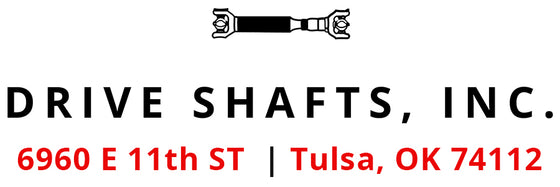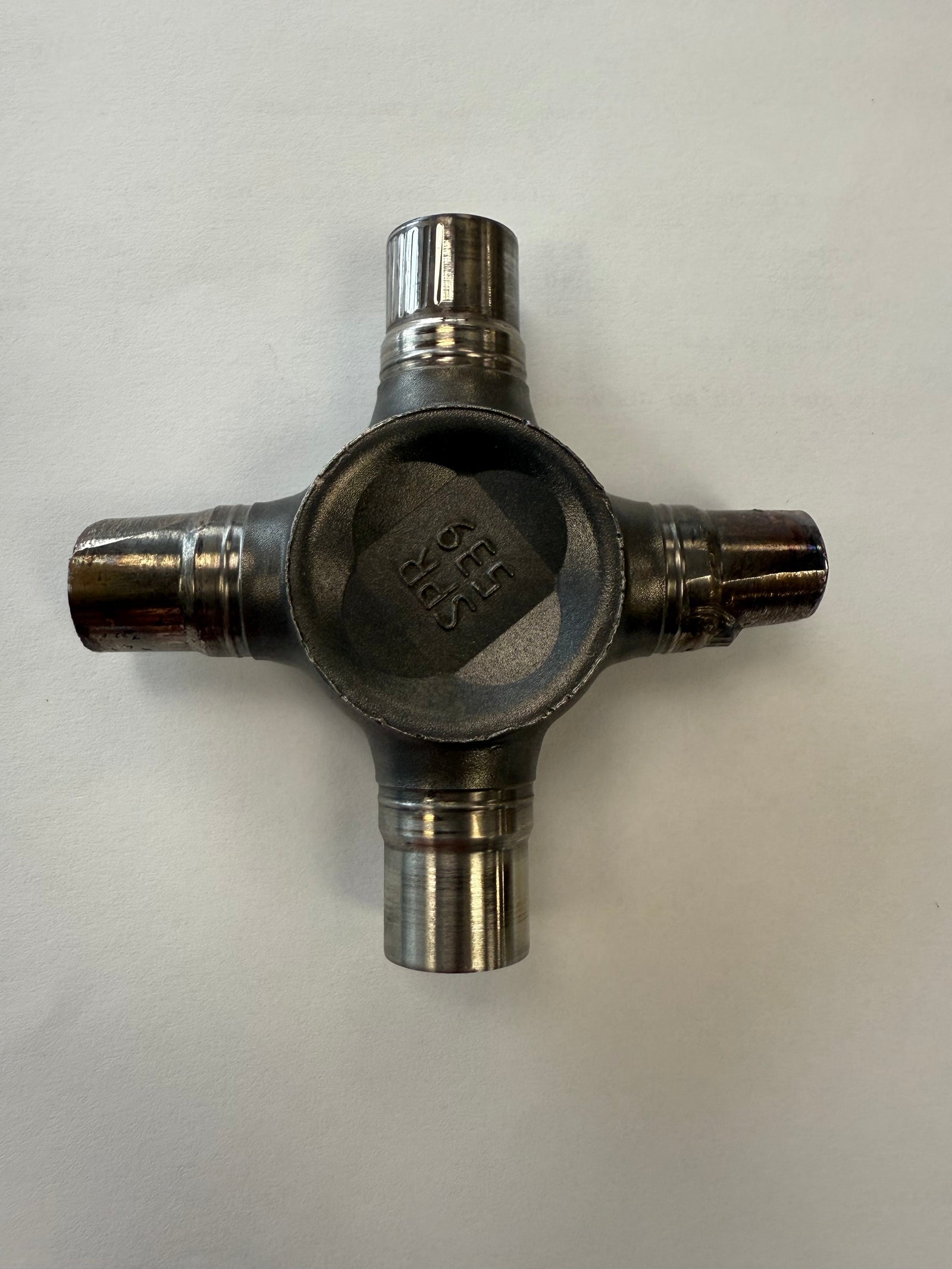
The universal joint, or U-joint, is one of the critical components of a driveshaft that facilitates smooth and stable driving. Without that U-joint—or with a severely deteriorated one—you’ll experience issues with your car’s performance. Familiarize yourself with the common symptoms of a bad universal joint, and don’t wait to have repair work done. The longer you go without a replacement or repair, the worse the symptoms will become.
Squeaking Noises When Starting To Move
Typically, this is the first sign of a failing U-joint on your driveshaft. The lubrication on the bearing component of the U-joint dries up over time as a result of constant use. The noise is a consequence of metal-to-metal contact within the driveshaft components.
Listen for the Noise
The squeaking noise is usually only heard when you’re traveling at slower speeds, typically around five to ten miles an hour. Once you gain speed, the noise of the U-join will be drowned out by other sounds. Make sure you listen when beginning to drive so you can pick up the sound of a faulty U-joint.
Vibrations While Moving at High Speeds
A later stage symptom of a failing U-joint is being able to feel vibrations in your car while driving at faster speeds. This results from the metal of the U-joint bearing being worn down due to a lack of lubrication, which then results in the driveshaft itself moving outside of its intended rotational path and causing the vibrations.
Expanding Damage
At this point, the faulty U-joint is now causing damage to the transmission of your vehicle. The problem will only get worse if it’s left untreated. Further repairs may be necessary, but the sooner the problem is identified, then the more the damage will be mitigated.
Your Vehicle Can No Longer Move
This is the final symptom of a bad U-Joint. The U-joint will literally break apart, resulting in the driveshaft itself dislodging from the transmission and falling off the car. This where the cost of repair will skyrocket, requiring extensive repairs on parts other than just the U-joint. In the worst-case scenario, you may need to have a full driveshaft replacement.
The Sooner, the Better
The damage done to your vehicle can be easily mitigated if you act quickly enough. You may only need to purchase a few custom driveshaft parts in order to get your vehicle up and running instead of needing to replace the entire shaft. The longer you wait, then the more damage you’ll have to fix.

